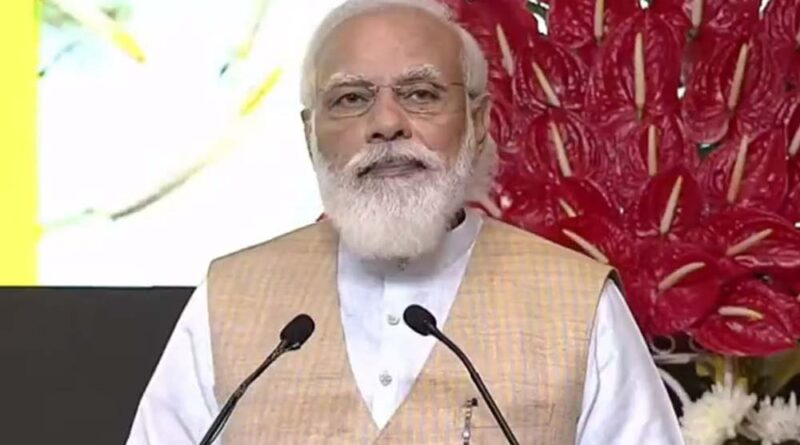PM Modi launches GatiShakti-National Master Plan
New Delhi: Prime Minister Narendra Modi launched the PM Gati Shakti National Master Plan for multi-modal connectivity at Pragati Maidan in New Delhi. PM GatiShakti aims to generate multiple employment opportunities, cut down of logistics cost, improve supply chains and make local goods globally competitive.
“We have not only developed a work-culture of completing the projects within the stipulated time frame but today efforts are being made to complete the projects ahead of time,” said PM Modi while inaugurating the project.
He further said: “We are laying a foundation for the next 25 years. This national master plan will give ‘gatishakti’ to development plans of the 21st century & will help in the timely completion of these plans.”
PM GatiShakti will address the past issues through institutionalising holistic planning for stakeholders for major infrastructure projects.
“This not only caused great inconvenience but was also a wasteful expenditure. To address this, efforts were put in place to increase coordination so that all cables, pipelines, etc. could be laid simultaneously. Steps have also been taken to address other issues like the time-taking approval process, the multiplicity of regulatory clearances, etc. In the last seven years, the government has ensured unprecedented focus on infrastructure through a holistic outlook,” the Press Information Bureau said in a statement.
Things that you should know
Instead of planning and designing separately in silos, the projects will be designed and executed with a common vision. It will incorporate the infrastructure schemes of various ministries and the state governments like Bharatmala, Sagarmala, inland waterways, dry/land ports, UDAN, etc.
Economic zones like textile clusters, pharmaceutical clusters, defence corridors, electronic parks, industrial corridors, fishing clusters, Agri zones will be covered to improve connectivity and make Indian businesses more competitive.
The Centre said it will also leverage technology extensively including spatial planning tools with ISRO imagery developed by BiSAG-N (Bhaskaracharya National Institute for Space Applications and Geoinformatics).
The multi-modal connectivity will provide integrated and seamless connectivity for the movement of people, goods and services from one mode of transport to another. It will facilitate the last mile connectivity of infrastructure and also reduce travel time for people.
